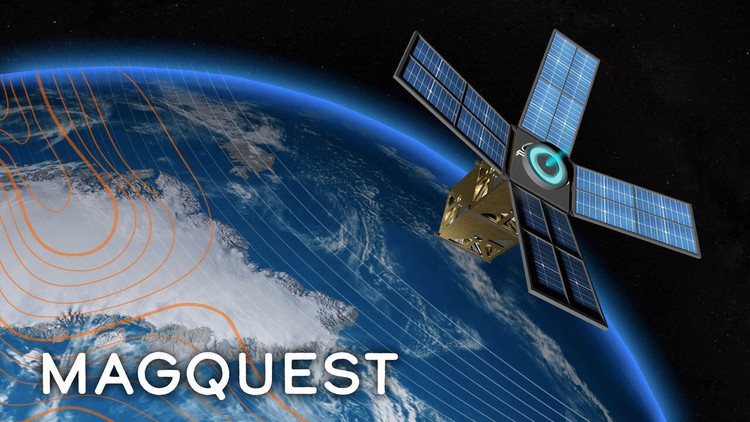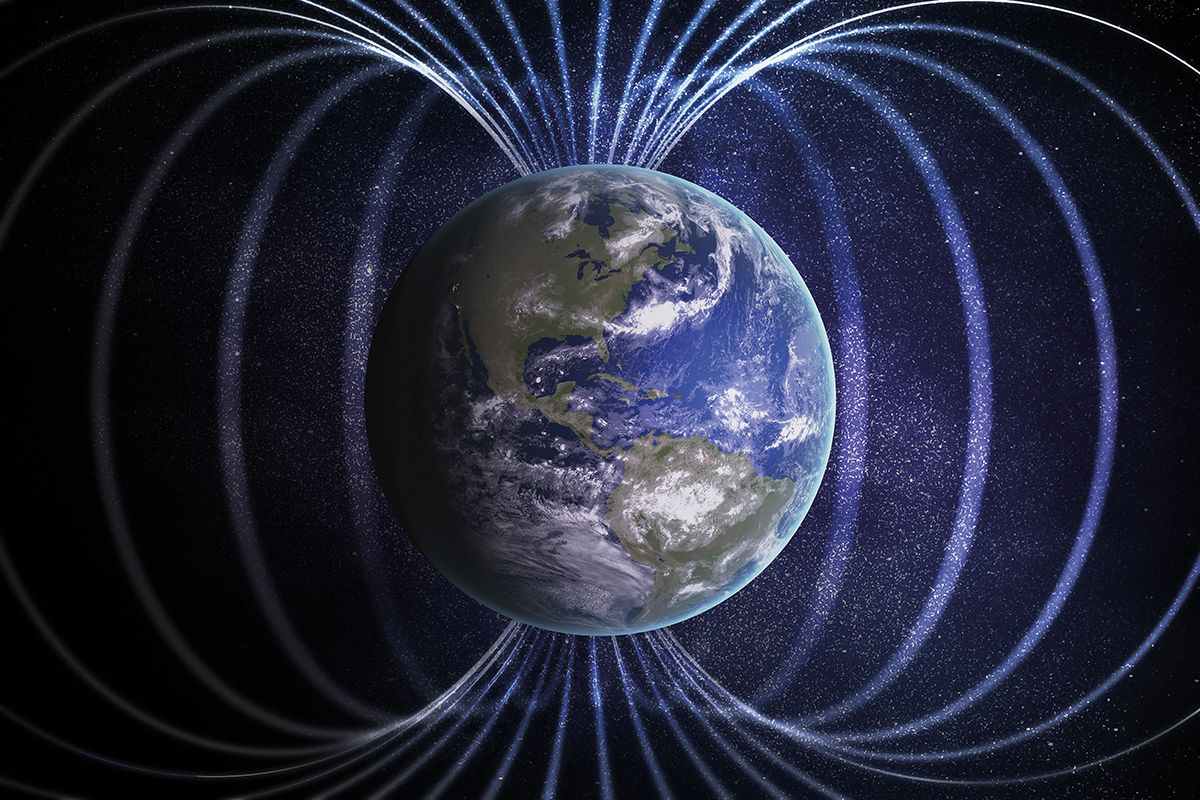The MagQuest competition, organized by Luminary Labs in New York, is entering its final phase to develop a more accurate method of measuring the Earth’s magnetic field.

Developing Better Ways To Map The Earth’s Magnetic Field: Find Out More!| HeroX
The World Magnetic Model (WMM) is currently used to map and track the Earth’s magnetic field.
However, the World Magnetic Model requires regular updates due to the wandering of Earth’s magnetic poles.
Inaccuracies in the WMM in mapping the Earth’s magnetic field could lead to dangerous situations for aviation and navigation.
The competition aims to spur advancements of measuring the Earth’s magnetic field by awarding a $2.1 million cash prize.
The finalists will have 20 months to test their experiments to measure the Earth’s magnetic field more accurately.
One team, SBQuantum from Canada, is using nitrogen vacancy diamonds to measure shifts in the Earth’s magnetic field.
Another team from the University of Colorado, Boulder, has designed a cubesat called COSMO, while Stellar Solutions plans to monitor the Earth’s magnetic field using piggybacking magnetometers on satellite missions.
Iota Technology, in partnership with Oxford Space Systems and AAC Clyde Space, is building a cubesat called SIGMA.
The Royal Meteorological Institute of Belgium and Woods Hole Oceanographic Institution are developing the Terrestrial and Seafloor Automated Magnetic Observatories project to take measurements on Earth.
























